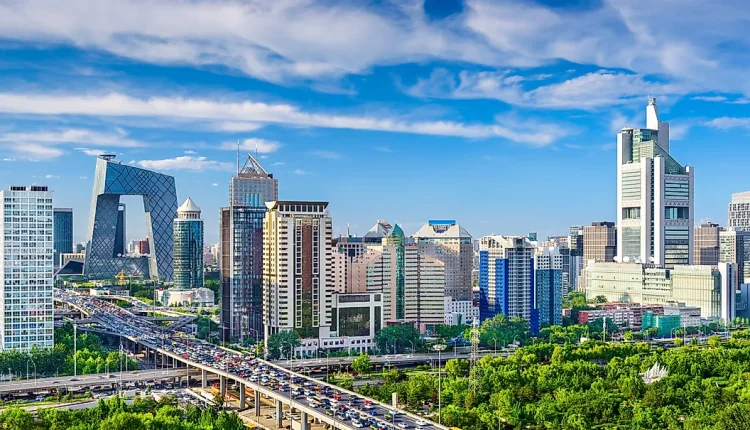
The 10 Largest Cities in the World
A city and a town can be easily differentiated by examining factors such as infrastructural development and population, so, which are the largest cities in the world? The New World Encyclopedia describes a City as an urban area with a high population density and a particular administrative, legal, or historical status.
The world’s population is now hovering around eight billion people. That’s a lot of people walking around, trying to make a go of this thing called life. And, inside this magnificent, sentient sea, there are numerous megacities that provide community, opportunity, and identity.
The 10 largest metropolitan areas (estimated population in 2022) are listed below. They can appear overpowering at first glance. However, these tangible organisms can give a lifetime of gentle sifting, gradually revealing new jewels with each street, canal, market, monument, and so on. All you have to do is jump in.
The 10 Largest Cities in the World
1. Tokyo, Japan – 37,274,000
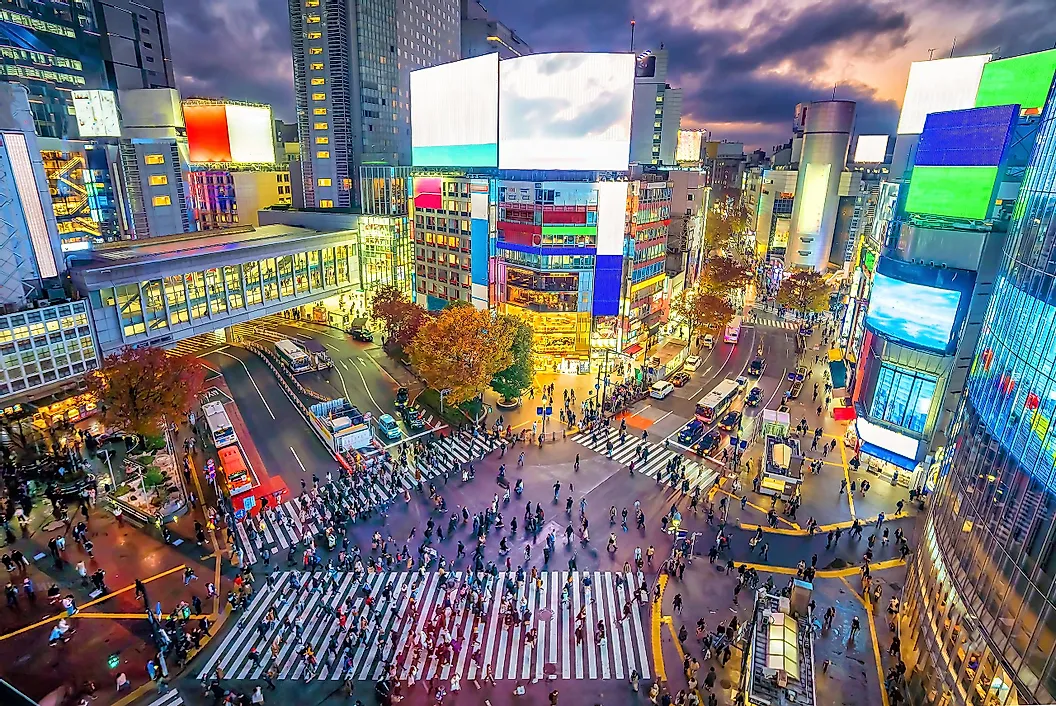
Tokyo, Japan, the world’s most populous metropolitan area, has a mind of its own. Japan’s capital city is located on the island of Honshu’s east-central coast, within the Kant region. This fast-paced, yet humble; congested, yet clean; contemporary, yet steeped in spiritual tradition; two-time Summer Olympic host city must be seen to be believed.
You may be standing in Shibuya Crossing (one of the world’s most dangerous junctions) one moment and dining in a quiet, old-school, four-stool-top restaurant down a narrow and historic lane the next.
The next thing you know, you’re admiring one of the city’s many Buddhist shrines before turning the corner and encountering a sensory overload of neon lights and brightly-colored business signs. What other city than Tokyo?
2. Delhi, India – 32,065,760
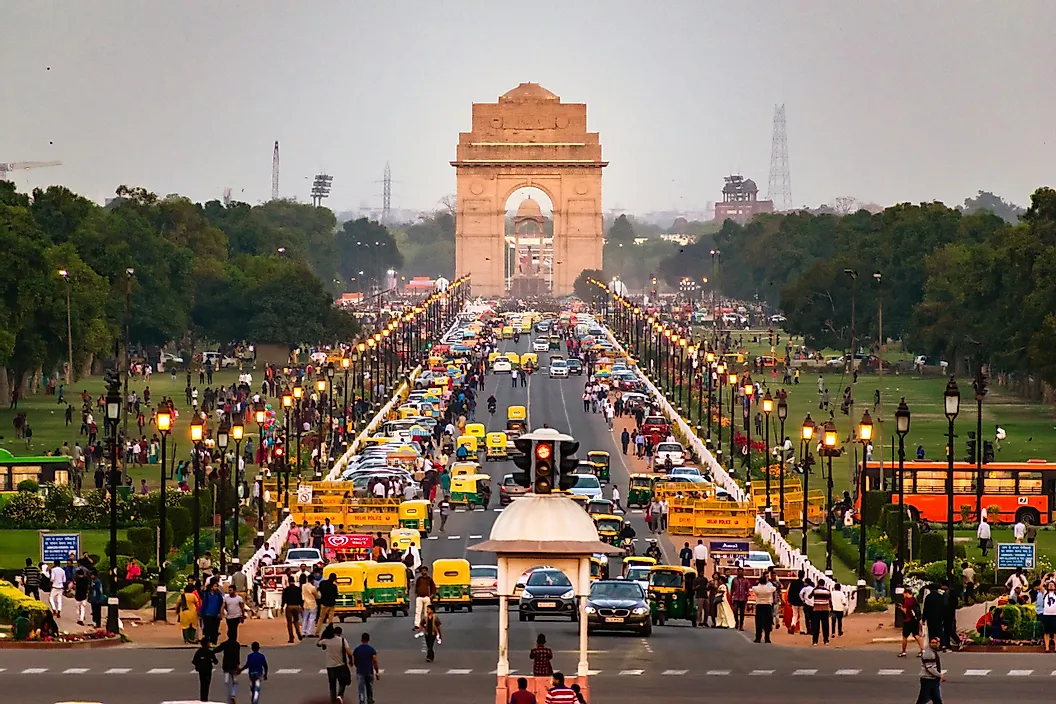
Delhi is the National Capital Territory of India and the country’s largest metropolis (by population). The historic city of Old Delhi (in the north) and the capital city of New Delhi (in the south) make up this metropolitan agglomeration.
Having said that, Delhi shows numerous other layers that have been piled upon themselves over time in the form of old monuments, mosques, shrines, tombs, and other types of interesting architecture.
This massive settlement is located along the Yamuna River (which flows into the Ganges) and about 160 kilometers (100 miles) south of the majestic Himalayan Mountains. Apart from being India’s political center, Delhi is also a significant commercial, transportation, and cultural hub.
3. Shanghai, China – 28,516,904
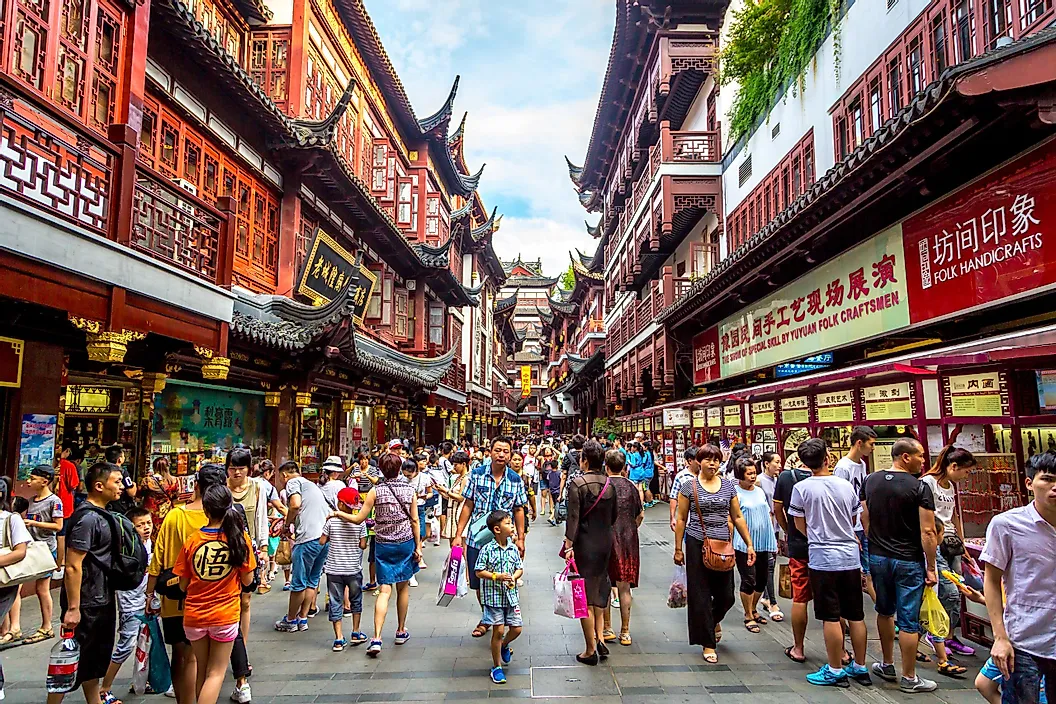
Shanghai (), sometimes known as Shàng-Hi, is the most populous city in China, the world’s most populated country. This significant seaport is located in East-Central China, on the coast of the East China Sea, on the Yangtze River’s southern bank.
Shanghai was one of the first regions to receive Western trade ships, which aided its development into the nation’s commercial and industrial backbone that it is today. The gorgeous metropolis skyline is instantly identifiable and flawlessly blends old and new (in a similar fashion to the city’s street-level culture).
4. Dhaka, Bangladesh – 22,478,116
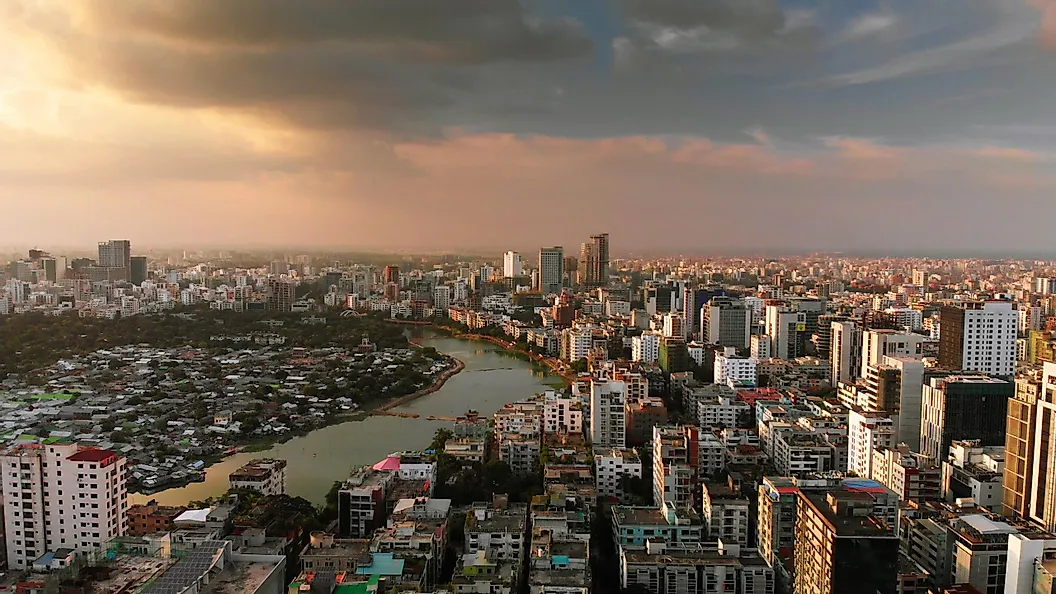
Dhaka (or Dacca) is Bangladesh’s capital city, located in the country’s central portion along the Buriganga River. Dhaka is located inside the Dhaka Division and the Dhaka District. The population density of this metropolis, like that of Mumbai, is practically at capacity, and yet the quickly growing metropolitan shows no signs of decreasing.
This results in a dynamic, high-energy environment, but also in terrible living circumstances for many inhabitants, heavy traffic for everyone, and an overall sustainability issue for the government. Dhaka is also highly industrialized, which contributes to the city’s booming population expansion and daily tidal surge of commuters.
Read Top 10 Largest African Cities
5. São Paulo, Brazil – 22,429,800

Moving down to South America, So Paulo (or “Sampa” as it is commonly known) in Brazil is the largest metropolis in the continent. This behemoth is located in the Southeast, in the state of So Paulo, just inland from the South Atlantic Ocean port of Santos.
So Paulo is located approximately 450 kilometers (280 miles) southwest of Rio de Janeiro. During the late-nineteenth-century coffee boom, Sampa emerged from the shadow of its neighbor.
A sea of skyscrapers now marks So Paulo’s development as the key economic center of Latin America, which is responsible for the region’s explosive population expansion.
6. Mexico City, Mexico – 22,085,140
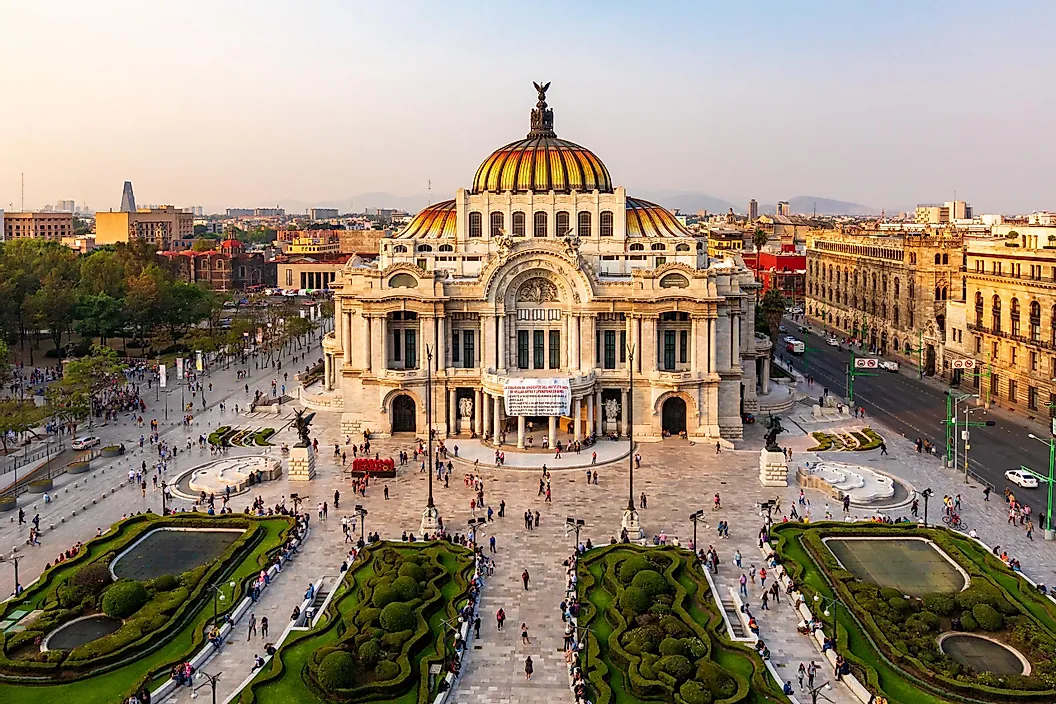
Mexico City (Ciudad de México) is the capital city of Mexico, the most populated megacity in North America, and one of the Western Hemisphere’s oldest continuously inhabited capital cities.
In 1521, Spanish conquistadors constructed Mexico City (atop the Aztec capital of Tenochtitlan), in the Valley of Mexico, in the country’s south-central region. This bright, rowdy (but surprisingly serene in parts), creative, and historical location will physically and figuratively take your breath away at an elevation of 2,240 meters (7,350 feet).
7. Cairo, Egypt – 21,750,020
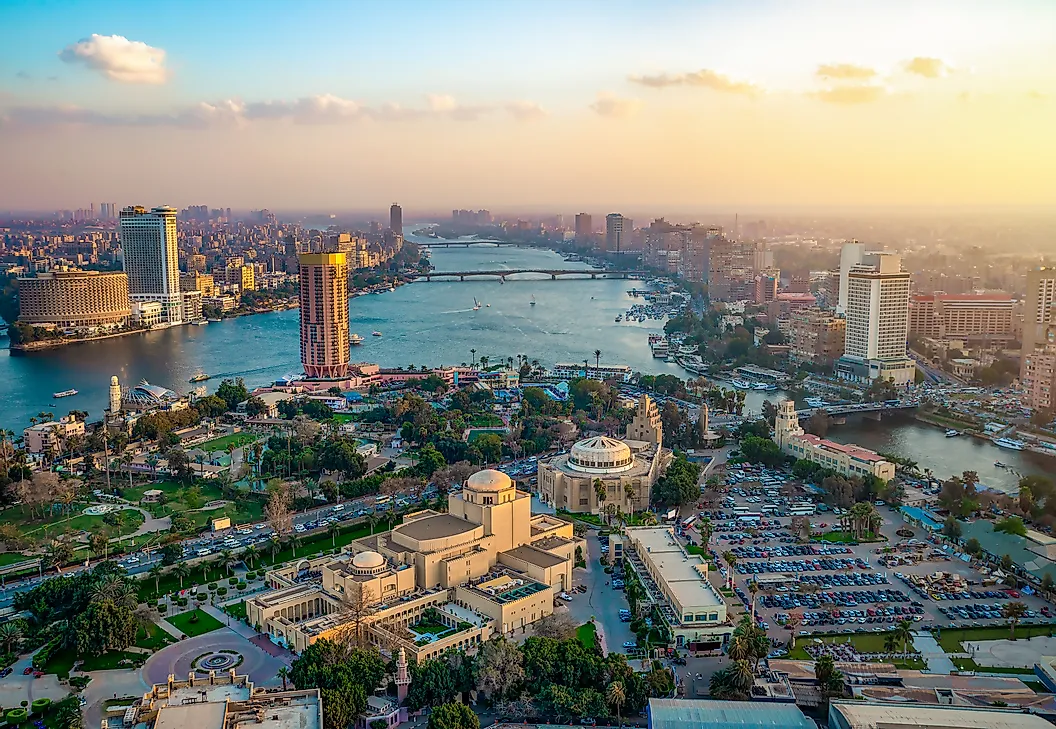
Cairo (Al-Qhirah) is Egypt’s capital and the continent’s largest urban area. Cairo is located in the country’s northeast, along the banks of the legendary Nile River, and just north of the Great Pyramids of Giza, which may be seen in the distance, juxtaposed against the endless layers of contemporary infrastructure.
Cairo proudly displays the world’s greatest collection of ancient Egyptian artifacts at the Egyptian Museum in Cairo (EMC).
8. Beijing, China – 21,333,332
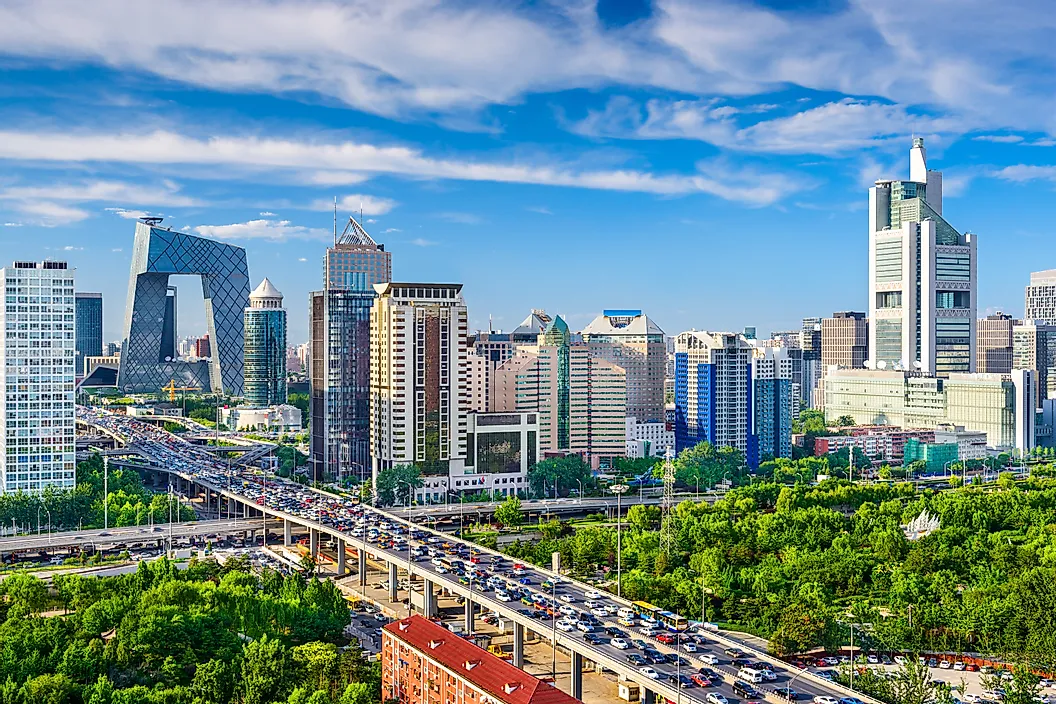
Beijing ( (北京), Pei-ching, or Peking, is the People’s Republic of China’s capital city. It is located in the country’s east, near the Bohai Wan and the mouth of the Yellow Sea. Despite minor rebranding and a brief changing of the guard from 1928 to 1949, Beijing has remained China’s cultural and governmental center for (almost) eight centuries.
Despite its vast history, which can be felt and seen in practically every nook and cranny, Beijing remains one of the world’s fastest-growing cities. Aside from the Great Wall of China, another major lure is the gastronomic experience, which includes everything from universally delectable to Fear-Factor-worthy creative foods.
Read Top 10 Most Developed African Countries
9. Mumbai, India – 20,961,472

Mumbai (previously Bombay) sprawls along a peninsula on Bombay Island, spilling out into Bombay Harbour and the Arabian Sea on India’s west coast. It is without a doubt among the largest cities in the world.
Mumbai is the state capital of Maharashtra and India’s largest entertainment, financial, and commercial powerhouse (particularly for cotton textiles and information technology). “The City of Dreams” is the second-largest metropolitan area in the world’s second most populous country, yet due to geographical limits imposed by its location on a peninsula, it is one of the world’s most densely inhabited cities.
10. Osaka, Japan – 19,059,856
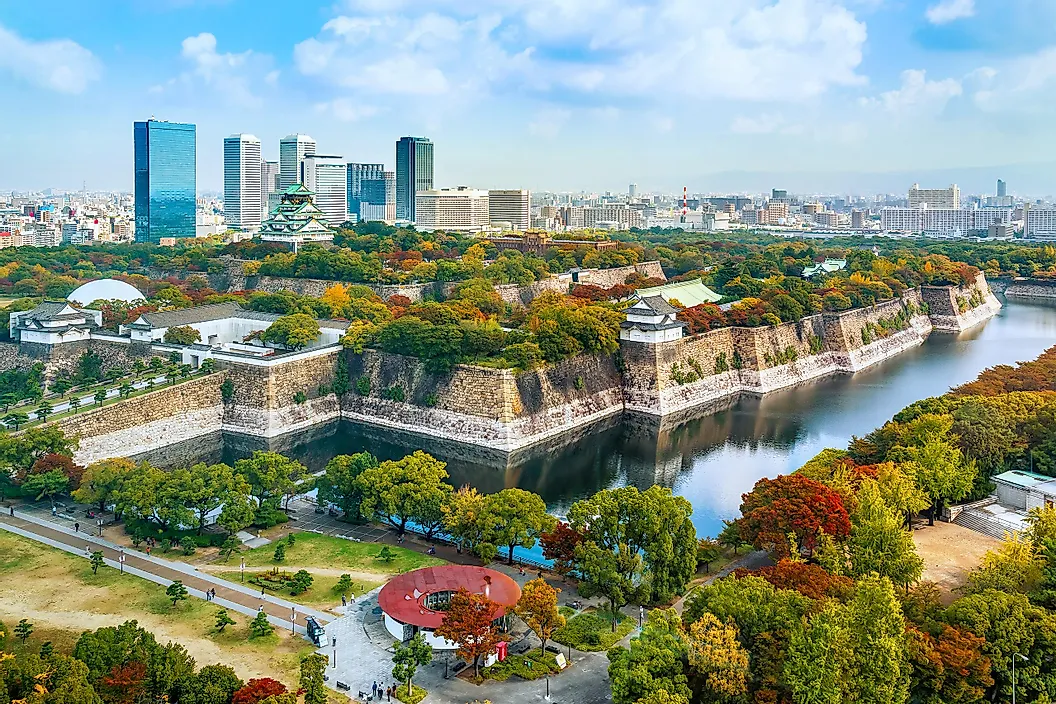
The bright and vibrant city of Osaka looms huge in the south of Japan, on the island of Honshu, in the Kansai area, and in the Osaka Prefecture. Between the thriving economic engine that keeps businesses humming all day and the enticing nightlife, Osaka knows how to burn both ends of the candle (particularly on Karaoke night).
Food is another recognized asset of the city, including not just sushi but also various regional cuisines. Osaka, previously known as Naniwa, was Japan’s first known capital city. It’s still clear to see why this location is the country’s natural focal point.
Conclusion: The 10 Largest Cities in the World
Apart from being the largest cities in the world, the above-listed cities are also leading in terms of infrastructure and economic development. Such cities are also known to have high levels of political stability and good governance since the two go hand in hand with all aspects of development.
